Introduction to 3D Smile Design
3D Smile Design is an innovative and transformative approach to cosmetic dentistry that harnesses advanced technology to meet the aesthetic needs of patients. It combines digital modeling with aesthetic principles, allowing dental professionals to create personalized smile plans tailored to the unique characteristics of each individual. This modern technique provides a visual representation of potential outcomes, enabling patients to make informed decisions about their dental procedures.
The concept of 3D Smile Design revolves around the use of specialized software and digital imaging technology. Dentists capture precise measurements and images of a patient’s teeth and facial structure. These digital impressions are then utilized to create a three-dimensional model that showcases various treatment options. This empowers dental practitioners to design a smile that not only enhances the patient’s appearance but also considers facial proportions and overall harmony.
One of the key benefits of 3D Smile Design is the ability to visualize outcomes before any procedures are performed. This level of foresight eliminates much of the uncertainty typically associated with cosmetic dentistry, as patients can see a realistic representation of their new smile. This visualization process fosters a more collaborative relationship between the dentist and patient, allowing for adjustments and refinements based on patient input. Furthermore, the aesthetic principles integrated into this technology ensure that the final design harmonizes with each patient’s unique features, ultimately leading to results that are both satisfying and naturally appealing.
In essence, 3D Smile Design represents a significant leap forward in cosmetic dental practice, merging the artistry of dentistry with the precision of digital technology. As it continues to evolve, this approach not only enhances patient satisfaction but also sets a new standard for outcomes in aesthetic dentistry.
The Process of 3D Smile Design
The journey of achieving a perfect smile through 3D smile design begins with an initial consultation. During this step, the dental professional engages with the patient to understand their aesthetic goals, oral health concerns, and preferences. This foundational meeting establishes a rapport and allows for open communication about the desired outcomes of the smile enhancement process. It is essential for the dental practitioner to gather comprehensive information about the patient’s dental history and lifestyle, which offers invaluable insights for customizing the smile design.
Following the consultation, advanced imaging technologies are employed to capture precise details of the patient’s dental and facial structures. 3D scans and digital photographs play a crucial role in this stage, as they provide a detailed view of the existing conditions, including tooth alignment, gum health, and facial symmetry. These technologies facilitate a thorough understanding of the parameters that will influence the eventual smile design. This data is instrumental in ensuring that the final result aligns harmoniously with the patient’s natural features.
With the gathered information, a custom digital model is created. This model acts as a virtual blueprint, showcasing various modifications to the patient’s smile. Utilizing sophisticated software, dental professionals can manipulate the model to experiment with different shapes, sizes, and positions of teeth, tailoring each aspect to enhance the patient’s facial aesthetics. This digital approach gives patients the opportunity to visualize their potential outcome before any physical work begins, fostering a collaborative environment in which they can provide feedback and adjustments to the design.
In the subsequent steps, the tailored digital model is used to craft the ideal smile, ensuring that it fits seamlessly with the patient’s facial features and personal preferences. With this comprehensive process, 3D smile design transforms the traditional cosmetic dentistry experience into an engaging, precise journey towards achieving a beautiful smile.
Technology Behind 3D Smile Design
The field of cosmetic dentistry has undergone significant advancements in recent years, largely due to the integration of cutting-edge technologies that facilitate 3D smile design. One of the most influential innovations is the Computer-Aided Design and Computer-Aided Manufacturing (CAD/CAM) system. This technology allows dental professionals to create precise digital models of a patient’s mouth, capturing intricate details that are vital for tailored treatments. With CAD/CAM, cosmetic procedures such as crowns, bridges, and veneers can be custom-designed and fabricated with remarkable accuracy, reducing the chances of errors that could compromise results.
Another pivotal technology in 3D smile design is 3D printing. This method enables the creation of physical models from digital designs, allowing for an accurate representation of the proposed smile to be produced. Dentists can use these models to visualize the end result, thereby improving the planning process for each patient’s unique dental needs. This form of rapid prototyping not only streamlines the workflow but also enhances patient communication, as individuals can see and understand the anticipated outcomes before any procedures begin.
Digital imaging software also plays a crucial role in the 3D smile design process. Through high-resolution imaging and advanced rendering techniques, dentists can produce lifelike simulations that illustrate proposed changes to a patient’s smile. This visual representation aids in patient consultation, helping them to make informed decisions about their cosmetic options. By utilizing such technology, the accuracy of diagnoses, treatment planning, and overall outcomes are significantly improved, allowing for a more personalized approach in cosmetic dentistry.
These advanced technologies collectively enhance the precision and visualization capabilities in 3D smile design, offering patients a comprehensive and customized dental care experience. As these tools continue to evolve, the potential for transformative results in cosmetic dentistry will only expand, setting new standards in patient satisfaction and clinical success.
Importance of 3D Smile Design in Dentistry
The advent of 3D smile design has revolutionized contemporary dental practices, showcasing its profound significance for both practitioners and patients. This innovative approach utilizes advanced digital technology to create precise and customized visual representations of a patient’s future smile. As a result, it facilitates enhanced communication between dentists and patients, greatly improving the overall treatment experience.
Effective communication is paramount in the dental field, where understanding patient expectations is crucial. With 3D smile design, clinicians can present patients with a digital preview of their potential outcomes. This visualization helps bridge the gap between patient desires and clinical realities, allowing for informed discussions regarding treatment options, procedures, and associated timelines. Consequently, patients are more engaged in their care, fostering a collaborative environment conducive to shared decision-making.
Moreover, 3D smile design significantly boosts patient satisfaction. By providing a realistic expectation of the results, it minimizes the anxiety and uncertainty often associated with cosmetic and restorative procedures. Patients are more likely to feel confident and excited about their treatment when they can visualize the end results, ultimately leading to heightened trust in their dental provider. Furthermore, such satisfaction can lead to increased patient referrals, enhancing the practice’s reputation and client base.
In terms of procedural efficiency, 3D smile design streamlines the planning of both restorative and cosmetic interventions. By utilizing digital tools, dentists can accurately assess and plan treatments, ensuring optimal outcomes. This design process reduces the likelihood of errors and adjustments during procedures, ultimately saving time and resources. The efficiency gained through 3D smile design represents a significant advancement in dental practice, benefiting both practitioners and patients alike.
Difference Between Traditional and 3D Smile Design
Traditional smile design techniques have predominantly relied on manual processes, including sketches and physical models, to conceptualize and create the ideal smile for patients. While these methods have served dental professionals for years, they come with notable limitations. The subjective nature of traditional approaches often leads to variability in outcomes, as they depend heavily on the clinician’s artistic skill and experience. Furthermore, alterations made during the design process may not replicate the initial vision, which can result in less-than-ideal final results.
In contrast, 3D smile design employs advanced digital technology to enhance accuracy and precision in creating personalized smiles. This modern approach utilizes computer-aided design (CAD) software that allows dental professionals to create detailed digital representations of a patient’s teeth and facial structure. By utilizing 3D imaging, dentists can manipulate and visualize multiple design options in real time. This not only provides a more predictable outcome but also empowers patients to see potential changes before any physical treatment begins.
Time efficiency is another significant advantage of 3D smile design. Traditional methods often require multiple office visits for adjustments and refinements. Conversely, with 3D technology, modifications can be made quickly and accurately, reducing the overall treatment timeline. Patients benefit from a streamlined process that minimizes inconvenience and maximizes satisfaction.
Moreover, 3D smile design enhances aesthetics by offering a comprehensive analysis of facial features and dental alignment. The results can be more harmonious and natural-looking, tailoring each treatment to complement the individual’s unique smile design. This level of sophistication marks a substantial advancement in the field of cosmetic dentistry, ultimately improving patient outcomes and experiences when compared to traditional techniques.
Real-Life Transformations with 3D Smile Design
The advent of 3D smile design technology has revolutionized dental aesthetics, demonstrating remarkable effectiveness through numerous patient testimonials and case studies. Patients often experience life-altering transformations that significantly enhance their self-esteem and overall quality of life. The process typically begins with a comprehensive consultation, where advanced imaging technology allows dental professionals to create a visual representation of the patient’s desired outcome.
One notable case involves a patient named Sarah, who had long struggled with misaligned teeth and the accompanying social anxiety. Through the 3D smile design process, she was able to visualize the potential results before committing to treatment. Once Sarah underwent the procedure, the difference was striking; her before-and-after images illustrate a confident smile that she had previously thought unattainable. The ability to witness her transformed smile virtually not only eased her apprehensions but also empowered her to embrace this change wholeheartedly.
Likewise, John, a professional in the corporate sector, experienced a remarkable transformation due to 3D smile design. He had always been conscious of his chipped teeth during presentations and meetings. Upon undergoing a full smile makeover that incorporated 3D design technology, John noted an immediate boost in confidence. With noticeable improvements visible in his before-and-after photos, he reported an increase in his self-assuredness in both professional and social settings as a result of his enhanced smile.
These stories serve as evidence of the emotional and psychological benefits achievable through 3D smile design. Patients consistently commend not just the physical transformation but the renewed confidence that accompanies a beautiful smile. Overall, the technology exemplifies how modern dental advancements can lead to life-changing improvements, significantly impacting personal and professional interactions for individuals seeking smile enhancements.
Choosing the Right Dental Clinic for 3D Smile Design
When considering 3D smile design services, selecting the appropriate dental clinic is crucial to achieving the best possible results. Several factors should be assessed to ensure that you receive top-notch care and outcome. Firstly, evaluating the clinic’s technological capabilities is essential. A modern dental clinic should utilize advanced imaging software and equipment that facilitate accurate and detailed 3D smile design. The latest technology not only enhances the precision of the design process but also helps in visualizing the end results before treatment begins.
Another significant factor to consider is the expertise and qualifications of the dental team. A well-trained dentist with experience in cosmetic dentistry and 3D smile design can provide invaluable insights and execute the procedures expertly. It is advisable to review the credentials of the team members and opt for clinics that showcase their experience with similar procedures. Many reputable clinics will have portfolios or case studies demonstrating their previous work, which can provide prospective patients with confidence in their capabilities.
Patient reviews and testimonials also serve as a vital resource for evaluating a dental clinic. Their feedback can shed light on the quality of care, customer service, and the overall patient experience. Platforms like Google Reviews, Yelp, or on the clinic’s website can provide you with genuine insights from people who have undergone 3D smile design procedures. Additionally, consider the clinic’s approach to patient care. A clinic that prioritizes individual patient needs, offers consultations, and provides thorough explanations of procedures will likely provide a more satisfying experience.
In conclusion, choosing the right dental clinic for 3D smile design involves assessing technology, team expertise, patient feedback, and the level of care provided. Taking the time to evaluate these factors can significantly enhance your treatment experience and outcome.
Frequently Asked Questions About 3D Smile Design
3D Smile Design represents a revolutionary approach in cosmetic dentistry that utilizes advanced technology to enhance the aesthetics of an individual’s smile. With its rising popularity, several questions often arise regarding the procedure. Below, we provide answers to some common inquiries.
One frequently asked question is, “What does 3D Smile Design involve?” The process typically starts with a comprehensive consultation, during which a dental professional evaluates the patient’s oral health and discusses their aesthetic goals. Utilizing state-of-the-art software, the dentist creates a virtual model of the patient’s teeth and gums, allowing for precise alterations and a clear visualization of the intended result. This initial step ensures that both the dentist and the patient are aligned on expectations.
Another common query concerns the duration of the procedure. The timeframe for completing a 3D Smile Design can vary based on individual needs and the complexity of the adjustments required. However, the initial consultation and digital modeling phase usually take a few hours, while any necessary treatments may extend over several appointments depending on the dental work involved.
Post-procedure care is also a pivotal aspect for patients considering 3D Smile Design. Following the completion of treatments, maintaining proper oral hygiene is essential. Patients are advised to follow specific aftercare instructions provided by their dental team, which may include recommendations for regular check-ups, dietary adjustments, and hygiene practices to prolong the results of their new smile.
When choosing a dental clinic for 3D Smile Design, patients often seek reputable options. Dr. Abdurrahman Öztürk’s clinic, Dent Plus Clinic, is well-regarded for its innovative approach and patient-centered care. Similarly, Taksim Clinic has garnered positive feedback for its proficient dental services. Both clinics are recommended for individuals considering this transformative dental option.
Conclusion: The Future of Smile Design
In recent years, 3D smile design technology has revolutionized the way dental professionals approach cosmetic dentistry. By employing advanced software and imaging techniques, dentists can now create highly accurate visual representations of potential outcomes, allowing patients to visualize the transformation of their smiles before any procedures begin. This innovative approach not only enables precise planning but also fosters a collaborative relationship between the patient and the dentist, enhancing the overall treatment experience.
The benefits of Digital Smile Design & Laser Dentistry in Turkey | Dr. Abdurrahman Ozturk Clinic extend beyond just aesthetic improvements. This technology facilitates improved communication among dental practitioners, ensuring that the envisioned outcomes are consistently met. Moreover, the use of 3D models aids in the identification of potential challenges, enabling practitioners to devise effective strategies ahead of time. In this way, the integration of technology into smile design contributes to both efficiency and realization of patient-centered care.
Furthermore, as technological advancements continue to emerge, the potential for 3D smile design applications will expand. Innovations like augmented reality and artificial intelligence could further refine the process, leading to even more personalized solutions. Additionally, broader accessibility to this technology suggests that more patients will be able to experience the advantages of 3D smile design, making it a staple in modern dental practices.
In summary, the future of smile design appears bright, underpinned by the incredible potential of 3D technology to enhance treatment outcomes. By embracing these advancements, dental professionals and patients alike can look forward to achieving their desired smiles with greater precision and satisfaction. Encouraging the adoption of such innovative approaches in cosmetic dentistry is paramount as we move towards a future where beautiful smiles are achievable for everyone.

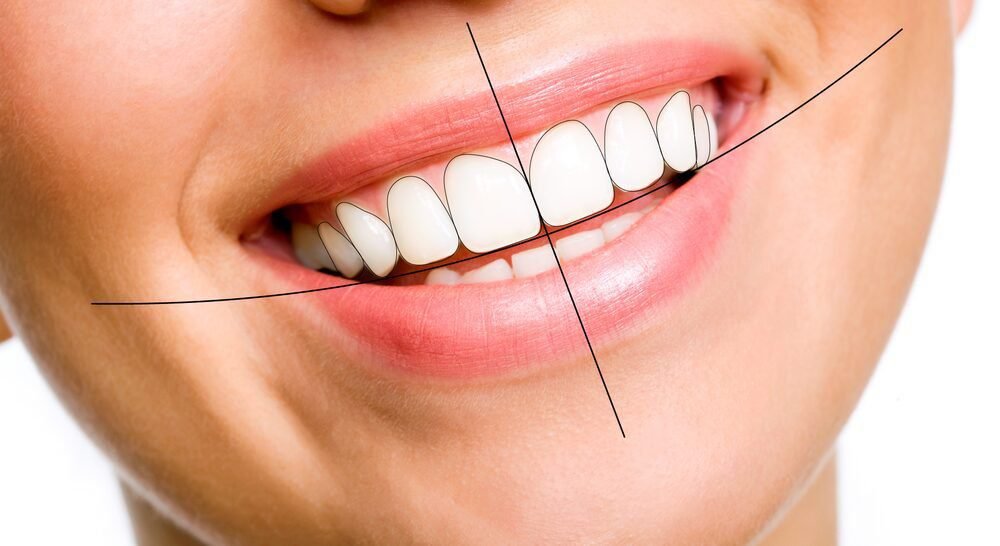
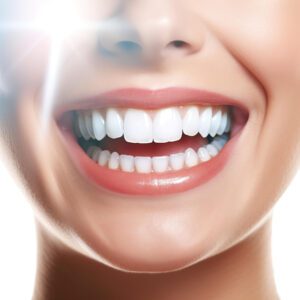

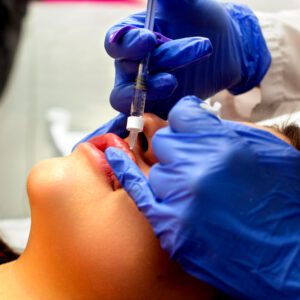

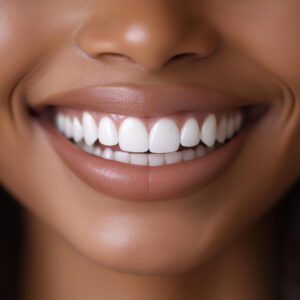
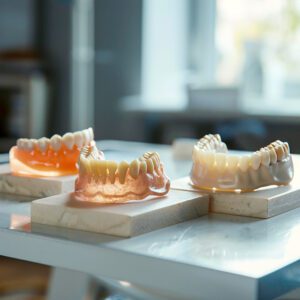
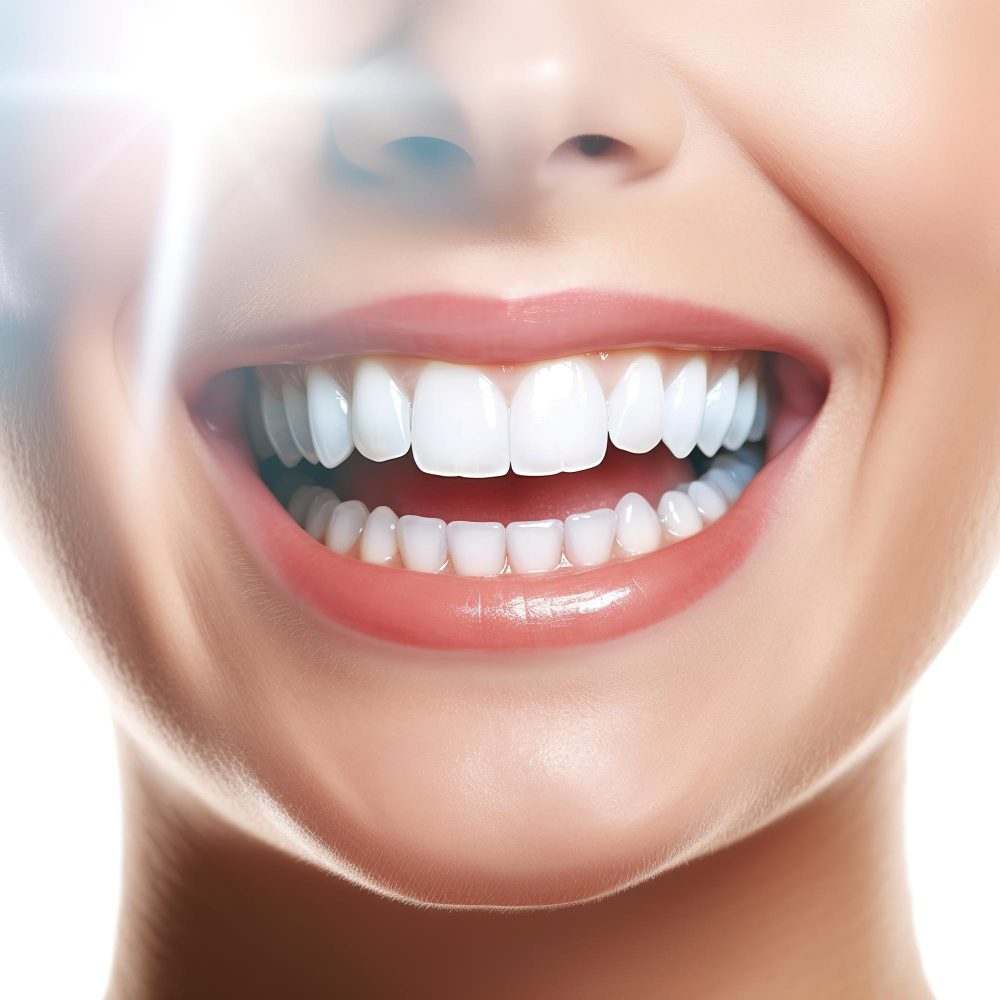


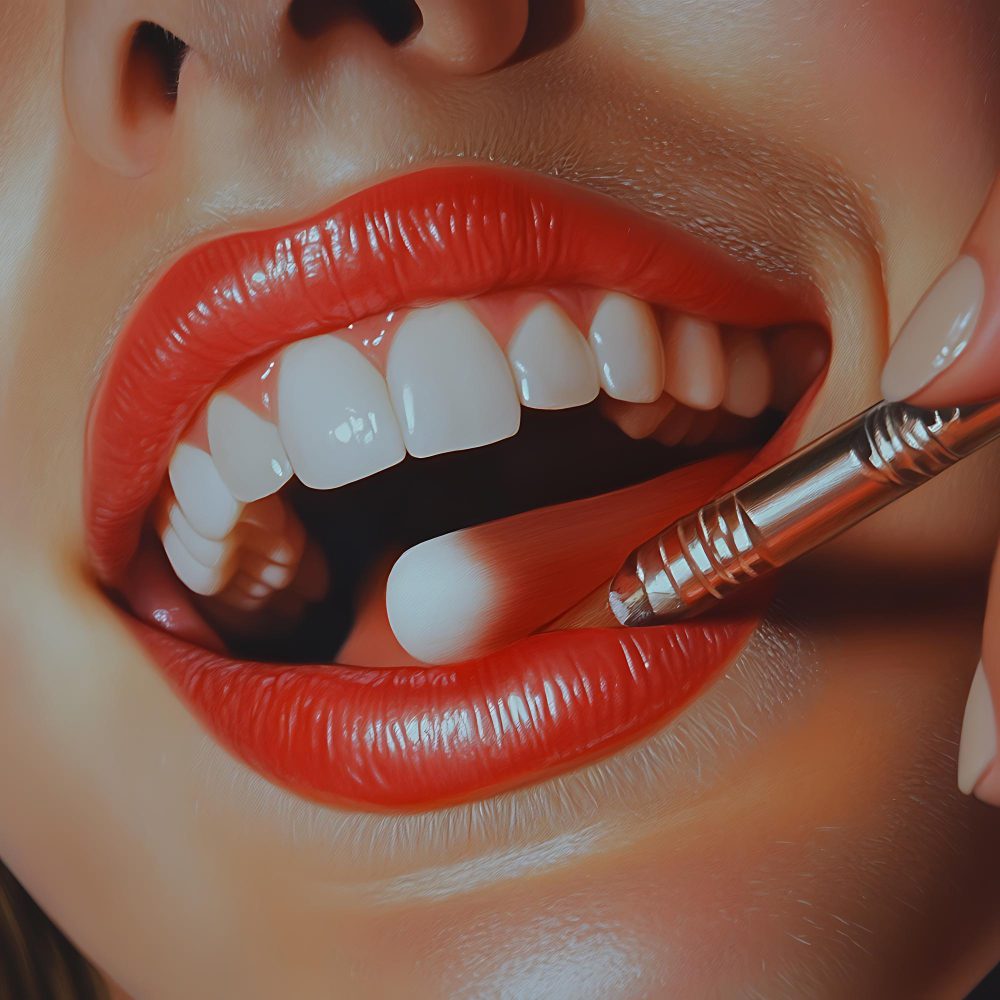
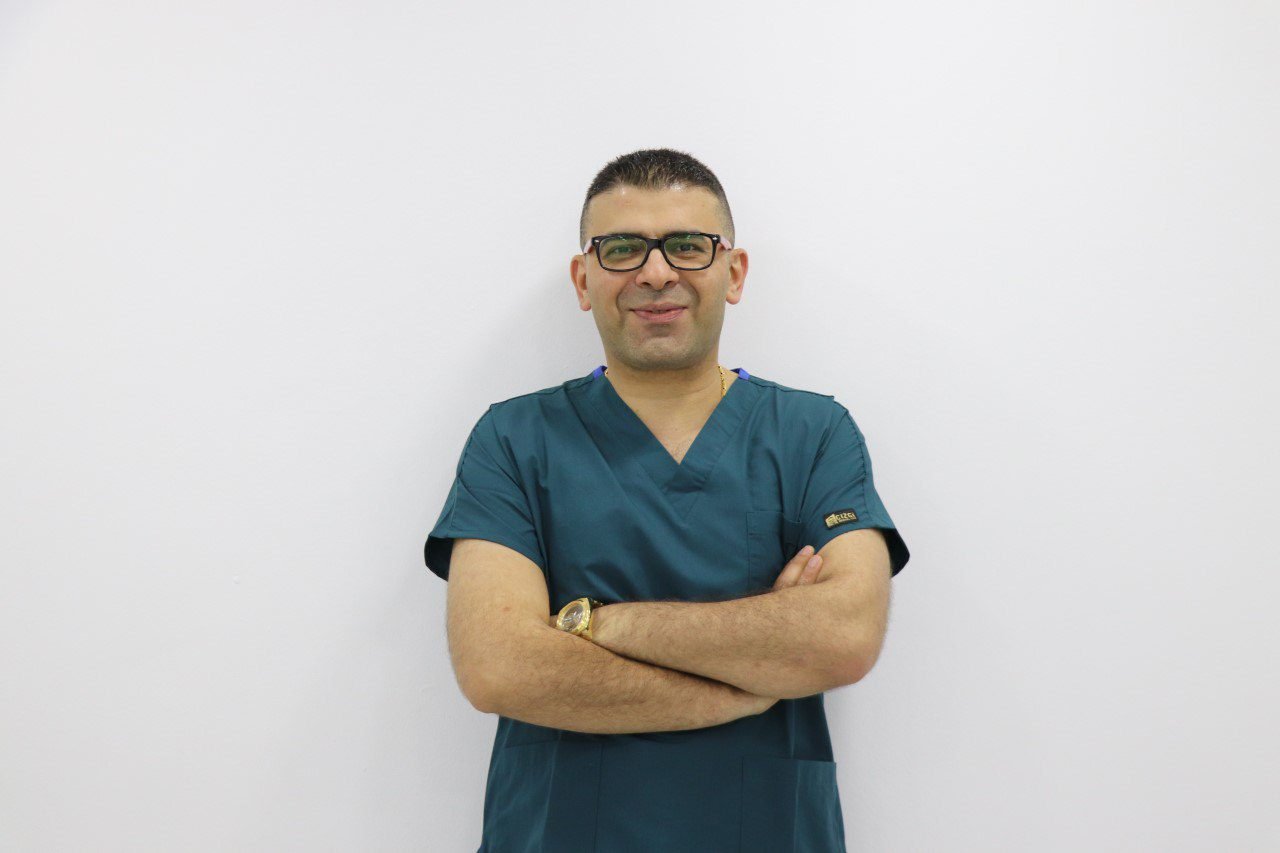
One Response